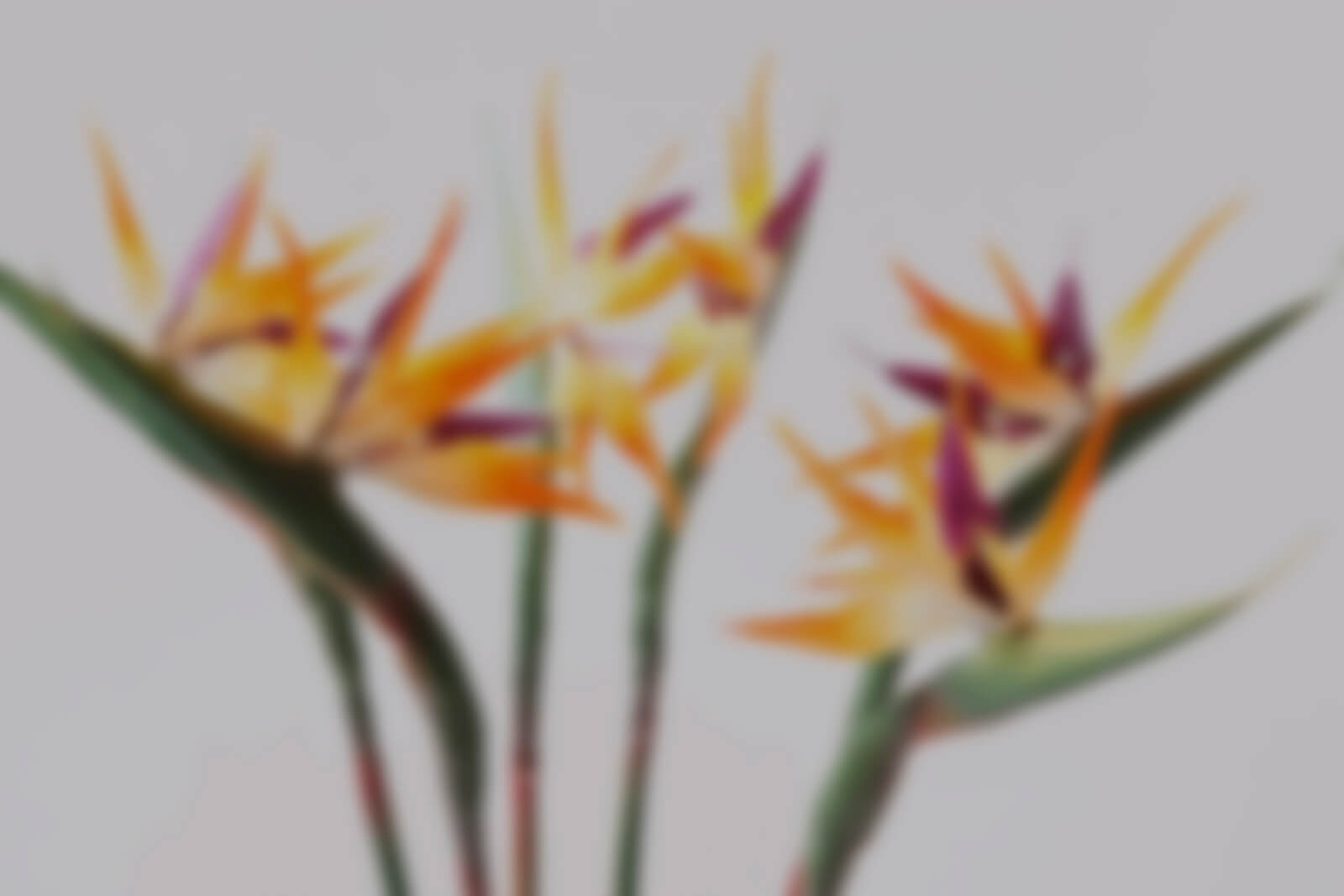Artificial plants and flowers are becoming increasingly popular as a way to decorate a commercial or home space with minimum aftercare needed or expense.
They are the ideal form of commercial décor when you do not have time to look after fresh plants or the manpower.
Artificial flowers have had a bad rep for a long time, people associate them with dusty plastic bouquets and dated décor but modern faux flowers are a new take on fake flowers. For a start they are environmentally friendly as they are made from recycled materials that can be recycled themselves and can be reused over and over again, unlike fresh flowers which are often grown in artificially heated environments then flown to the UK.
They are made from high quality materials that replicate fresh flowers and greenery completely, to the point were you will only be able to tell that they are fake if you look very closely. This has made faux greenery and flowers a fashionable way to decorate everything from homes to shops, hotels, restaurants, galleries, beauty salons and cafes with gorgeous floral displays that last all year round.
A Potted History of Artificial Flowers
Nature in her many forms has been copied over the millennia in art. Ancient Egyptians created faux flowers from different coloured pieces of horn, which were attached to each other to create delicate flowers. The flowers were also ornamented with copper, silver and even gold for a truly luxurious look.
The Romans also made copies of fresh flowers, but from wax, which could be coloured to replicate the colours of nature. Artificial flowers also became popular in China after an emperor decorated his temple with hundreds of artificial plants and flowers. As far as we know, silk flowers were first produced by Italian interior decorators who twined silk ribbons into floral bouquets. These silk flowers were the precursor to the faux flowers that are used today. Gradually there were innovations in fabric dye, so silk could be coloured in a wide range of shades and tints to recreate most types of flower. Other materials were also used to create faux flowers, such as plastic and poly-silk.
This meant that artificial plants and flowers could be mass produced, and sold at a cheaper rate than silk flowers. They have now developed into real touch flowers that are used today, that completely replicate the hues and shapes of fresh flowers. These real touch flowers also last longer than pure silk flowers, as they keep their shape for longer and do not fade or wilt under direct sunlight. The petals instead of being printed are cast so they include the structure of leaves such as veining, which makes them look more natural.
How Faux Flowers are assemble
Artificial flowers consist of the stem, petals and leaves; these are attached by wire, which makes it easier for them to be used to create large floral installations. They can be used as single blooms, or crafted into bouquets or even used for large statement pieces such as flower walls, greenery walls and hanging ceilings of flowers. They are easy to transport so this makes then perfect for decorating events such as weddings, parties and shows. A good floral backdrop provides a real focal point to any event, making for great Instagram friendly pictures that will boost your event on social media, and provide free advertising.
The Benefits of Faux vs. Fresh Flowers
Artificial flowers are a fantastic alternative to fresh flowers if you want an easy to care for floral installation that does not cost the earth. They do not need much care, just a gentle wipe with a damp cloth to remove dust. They do not need to be watered or given nutrients, they do not wilt or fade, and you do not have to remove dead leaves, or replace flowers as you would with fresh flowers. Faux flowers are not dependant upon natural sunlight so they can be used to decorate dark corners and out of the way spaces that do not get much sunlight so are inappropriate for real flowers. This makes them ideal for decorating commercial businesses, to enhance your shop front to attract more custom. Flowers send a message of luxury and show that you or your business are going a little bit further than the competition to create an environment that is welcoming to customers. Studies have shown that plants have a beneficial effect on the work environment too, so if an office is decorated with flowers or plants, even if they are artificial, this can make staff feel more relaxed and essentially more productive.
Enjoy your favourite seasonal flowers all year round
High quality artificial flowers can hardly be distinguished from real flowers. This means that you can enjoy flowers from your favourite season at any time of the year. If you want roses in November, instead of flying in hothouse flowers, you can use faux roses to create your floral décor. If you want a winter wedding in June, likewise, you can pick winter flowers made from artificial materials and still enjoy a wedding fit for an ice queen in the middle of summer.
Faux Plants are Hygienic
If you work in a clinical setting them hygiene is always important. Fresh flowers can attract bacteria or insects and people can be allergic to them. But if you want to decorate a hospital seating area or a doctor’s surgery or even a beauty salon or hairdressers then faux flowers are a great alternative to fresh flowers. Visitors can have all the benefits of flowers without any of the problems.
Artificial Plants are Cheaper
Fresh flowers look gorgeous but they have short shelf life and are rather expensive. Artificial flowers last for a very long time, can be reused in different floral decorations and require no special nutrients or after care. Because they are a one-time purchase this makes them a cost effective alternative to fresh blooms.


